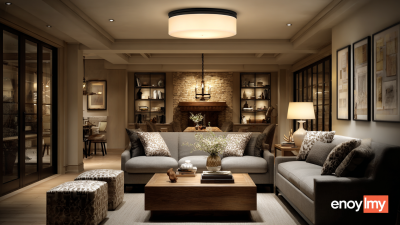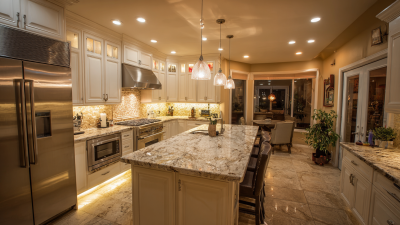7 Tips to Enhance Your Space with Linear Light Pendant Design
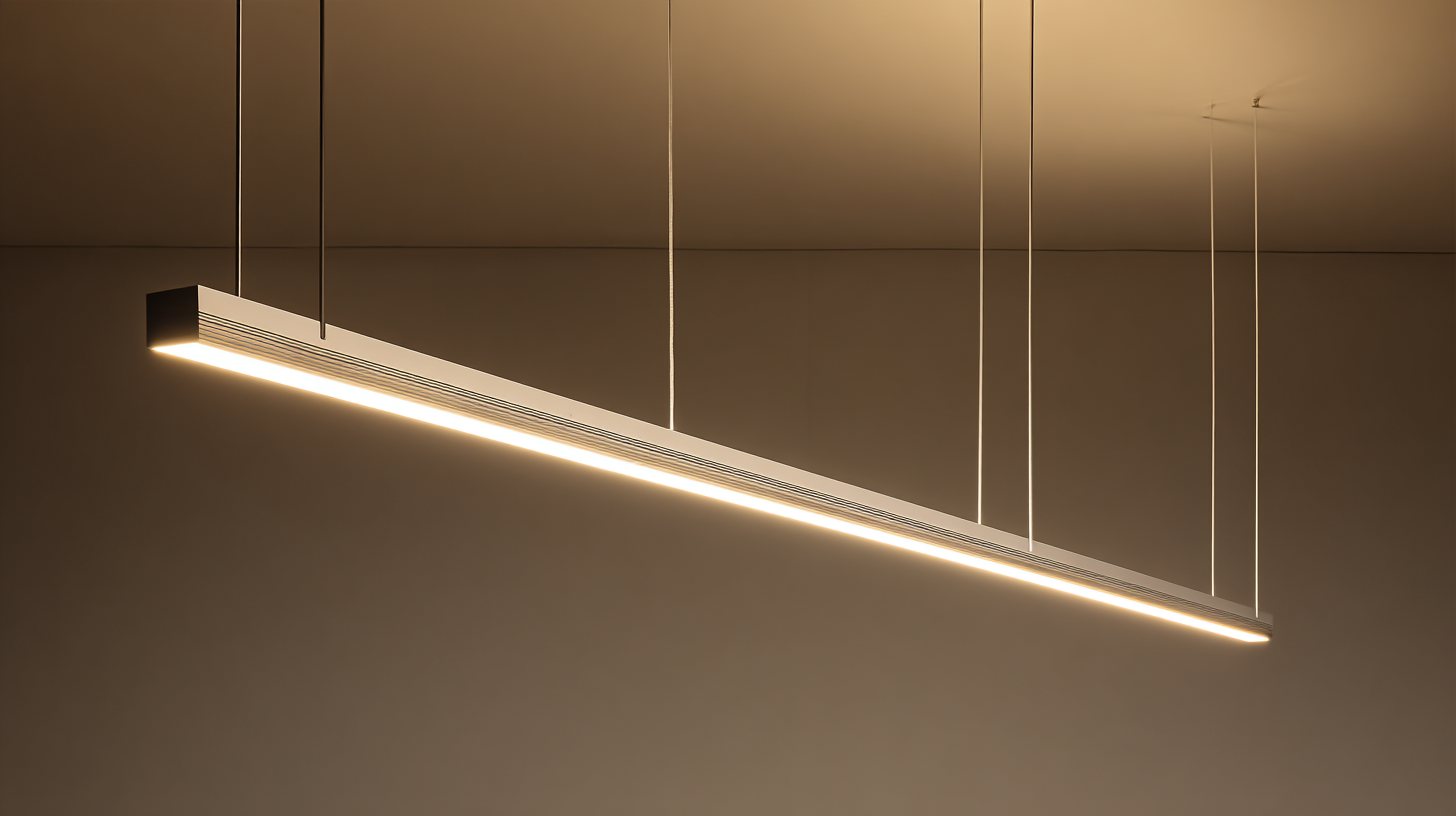 In the realm of interior design, the use of lighting plays a pivotal role in enhancing the ambiance and functionality of a space. Among various lighting options, the
Linear Light Pendant has emerged as a popular choice, particularly for its sleek design and versatile applications.
According to a recent report by the American Institute of Architects, nearly 70% of homeowners emphasize the importance of lighting design when renovating their spaces. Moreover, the global market for linear lighting is anticipated to grow at a CAGR of approximately 10% over the next five years, reflecting the rising demand for innovative and aesthetic lighting solutions.
These figures highlight not just the practicality of Linear Light Pendants in creating bright, inviting environments, but also their potential to add a touch of elegance to both residential and commercial settings. By understanding how to effectively integrate
Linear Light Pendants into your decor, you can significantly elevate your space's overall appeal while ensuring it remains functional and stylish.
In the realm of interior design, the use of lighting plays a pivotal role in enhancing the ambiance and functionality of a space. Among various lighting options, the
Linear Light Pendant has emerged as a popular choice, particularly for its sleek design and versatile applications.
According to a recent report by the American Institute of Architects, nearly 70% of homeowners emphasize the importance of lighting design when renovating their spaces. Moreover, the global market for linear lighting is anticipated to grow at a CAGR of approximately 10% over the next five years, reflecting the rising demand for innovative and aesthetic lighting solutions.
These figures highlight not just the practicality of Linear Light Pendants in creating bright, inviting environments, but also their potential to add a touch of elegance to both residential and commercial settings. By understanding how to effectively integrate
Linear Light Pendants into your decor, you can significantly elevate your space's overall appeal while ensuring it remains functional and stylish.
Design Principles for Linear Light Pendants: Balancing Functionality and Aesthetics
When designing spaces, especially in settings like restaurants or modern homes, the principles of linear light pendant design play a vital role in achieving both functionality and aesthetics. Linear pendants provide a seamless solution for illuminating areas while enhancing the visual appeal of the space. According to design studies, well-placed pendant lighting can increase the perceived size of a room by creating depth and drawing the eye upwards, effectively transforming the ambiance. This notion is especially pertinent in restaurant design, where creating an inviting atmosphere is crucial; research shows that proper lighting can influence customer experience and even increase dining times, leading to higher revenues.
In residential spaces, integrating linear light pendants within minimalist design trends also ensures functionality meets beauty. Reports indicate that a focus on natural materials and clean lines can enhance the warmth and livability of a room. Features like integrated lighting elements in kitchen designs help maintain a clutter-free aesthetic while providing essential illumination. This approach aligns with the evolving demands for customizable and versatile solutions, showcasing that thoughtful lighting design is an essential element in creating spaces that feel both stylish and functional.
Exploring Material Choices: The Impact on Light Quality and Durability in Design
When selecting linear light pendants for your space, the choice of materials plays a pivotal role in both the quality of light emitted and the fixture's overall durability. Materials such as glass, metal, and acrylic each offer distinct advantages. Glass, for instance, can provide a crisp, clear illumination that enhances brightness and creates an open atmosphere. Its ability to refract light adds a layer of sophistication, making it a popular choice for modern designs. Conversely, metal fixtures, particularly those with a matte or brushed finish, can impart a warm tone to the light, generating a more inviting and intimate ambiance.
Durability is equally crucial in making material choices for linear light pendants. Metals typically boast the highest resilience, ensuring longevity even in high-traffic areas. On the other hand, high-quality acrylic can also serve as an excellent alternative due to its lightweight nature and resistance to shattering. Moreover, the integration of protective coatings can enhance the lifespan of both glass and metal fixtures, minimizing wear from environmental factors. Ultimately, understanding the impact of your material choices not only influences aesthetic appeal and light quality but also contributes to the sustainable design of your modern spaces.
Mood Enhancement: How Lighting Color Temperature Affects Ambiance in Interior Spaces
The color temperature of lighting plays a pivotal role in shaping the ambiance of interior spaces. According to the American Society of Interior Designers (ASID), the right lighting can increase the perceived size of a space and drastically improve the mood of its occupants. Warm white light, with color temperatures ranging from 2700K to 3000K, is often recommended for residential areas to create a cozy and inviting environment. In contrast, cooler light temperatures, around 4000K, are more suited for workspaces as they enhance focus and productivity, reducing eye strain.
Furthermore, studies from the International Association of Lighting Designers (IALD) reveal that spaces illuminated with adjustable color temperature features allow inhabitants to tailor their environment to suit different activities and moods. For example, dining areas that shift from cooler to warmer lighting through the evening can enhance the dining experience and promote relaxation. Thus, selecting the appropriate linear light pendants that offer versatile color temperature options is essential for not only aesthetics but also for psychological comfort within interior spaces.
Impact of Lighting Color Temperature on Mood in Interior Spaces
Spatial Design Strategies: Utilizing Linear Light Pendants to Define Zones and Flow
Incorporating linear light pendants into spatial design can significantly enhance the functionality and aesthetics of a space. According to a report by the American Lighting Association, effective lighting design not only improves visual comfort but also aids in defining specific zones within open areas. By strategically placing linear light pendants, designers can create a visual hierarchy that delineates distinct spaces, such as dining areas and lounge zones, while maintaining a cohesive flow throughout the environment.
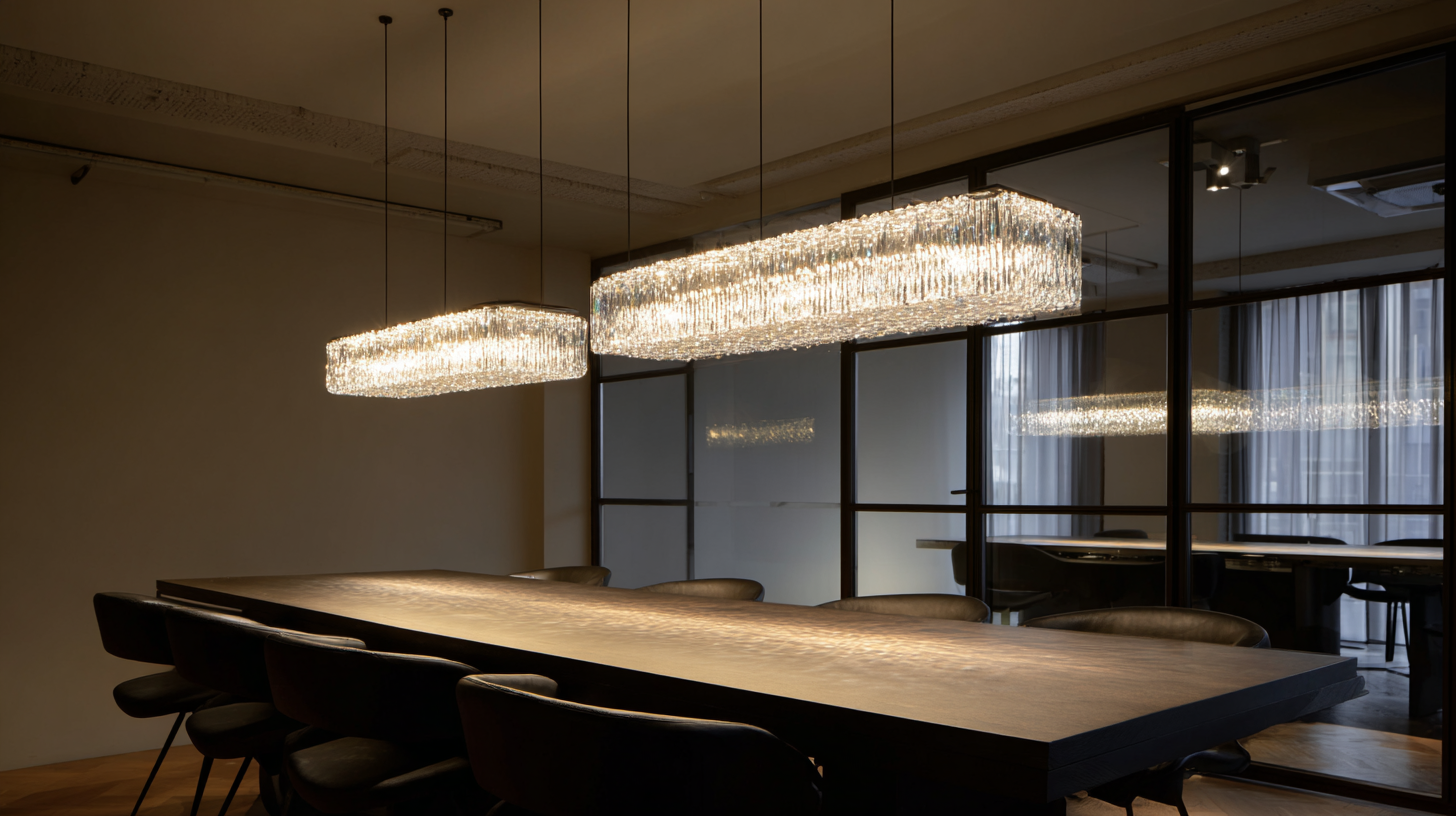
Moreover, the use of linear light pendants aligns with the trend towards open-plan layouts, which have become increasingly popular in residential and commercial spaces. A study from the International Interior Design Association reveals that well-designed lighting systems contribute to improved ambiance and user experience. By utilizing linear light pendants to emphasize focal points, designers can guide movement and enhance the overall spatial narrative. This thoughtful application of lighting not only serves practical purposes but also elevates the design, making it both inviting and functional.
Energy Efficiency Insights: The Role of LED Technology in Sustainable Lighting Solutions
Linear light pendants are not only a stylish choice for interior design but also a pivotal element in promoting energy efficiency through advanced LED technology. Unlike traditional light bulbs, LEDs consume significantly less energy while providing bright, high-quality illumination. This reduction in energy consumption translates to lower electricity bills and a smaller carbon footprint, making them an excellent choice for eco-conscious consumers.
Additionally, LED technology offers longevity and durability that far surpasses conventional lighting options. With lifespans often exceeding 25,000 hours, LEDs reduce the frequency of replacements, minimizing waste and encouraging a more sustainable approach to lighting. Furthermore, many LED linear light pendants come with features like dimmable settings, allowing users to adjust brightness according to their needs and further enhance energy savings. By integrating these innovative lighting solutions into your space, you not only elevate the aesthetic appeal but also contribute to a more sustainable future.
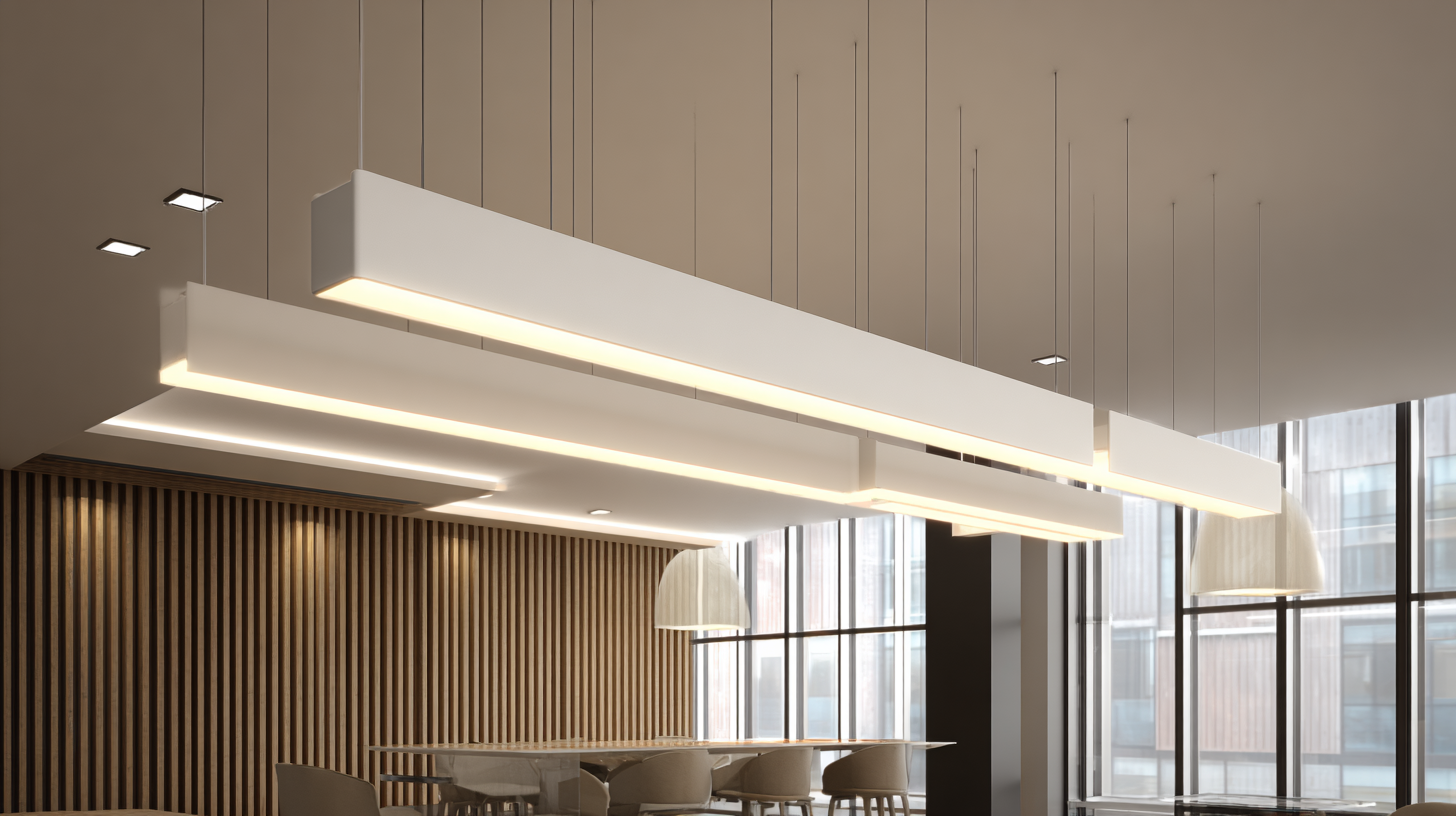

Home
About Byone
Factory Tour
Products
Project Portfolio
Download
Blog
Contact Us
 In the realm of interior design, the use of lighting plays a pivotal role in enhancing the ambiance and functionality of a space. Among various lighting options, the
In the realm of interior design, the use of lighting plays a pivotal role in enhancing the ambiance and functionality of a space. Among various lighting options, the


